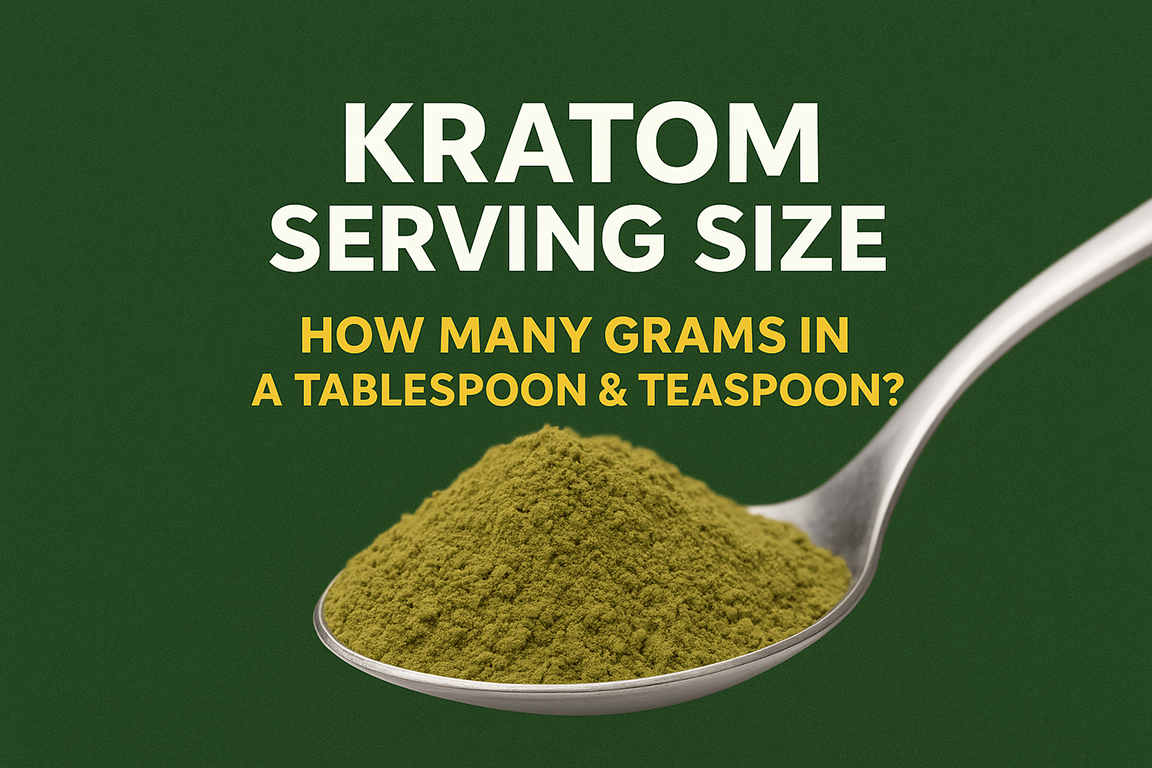News >> THE FACTS AND MYTHS ABOUT KRATOM
Most Viewed

THE FACTS AND MYTHS ABOUT KRATOM
Created by: admin at Jan 04, 2023 375Kratom has been a tool in traditional medicine practitioners’ arsenals for centuries. The essential effect of Kratom that many people report is a sense of well-being, lending a feeling of calm and optimism to those who use it.
Myths and misinformation about Kratom and its effects abound. Some countries, like Australia, Malaysia, and some EU nations have banned it. Whereas, other countries, like the United States, have not legislated any ban on the product.
Learning about what Kratom is and is not can help you make an informed decision about using it. Separating fact from myth can help you decide if Kratom is a good supplement option for your lifestyle.
FACTS
BOTANICAL AND HISTORICAL BACKGROUND
Kratom originated in Southeast Asia. The Kratom belongs to the evergreen family and is related to the coffee plant. The trees can grow up to 80 feet tall with large flowers and leaves.
The scientific name for the Kratom tree is Mitragyna speciosa. These plants grow primarily in the Philippines, Malaysia, and Thailand.
The first documented case of Kratom use by Western explorers was in the early 18th century. Local anecdotal evidence maintains that tribal societies in Southeast Asia have been using Kratom for centuries as part of their traditional herbal medical regimen. Natives chewed the leaves or dried and crushed them to form a powder to drink as a tea.
Due to the naturally bitter taste, native users would often mix Kratom with other substances or a sweetener. Native traditions also included smoking Kratom leaves.
WHO USES KRATOM?
Farmers and other manual laborers often used some form of Kratom to help relieve the everyday stress of their existence.
Today, people in Western society use Kratom for similar purposes. Users report that Kratom can promote peace and tranquility among stresses of 21st-century living; Kratom use supports the maintenance of a relaxed state of mind.
TYPES OF KRATOM
Most retailers today use the term “Kratom,” but you may find it sold under other names, including Thom, Kakuam, Biak, Ithang, Kratum, and Ketum.
Commercial producers of Kratom generally divide the strains into three types, differentiated by color: red, white, and green. Each has a slightly different alkaloid composition.
Many use red vein Kratom to promote peace and tranquility. White Kratom users find this strain promotes better alertness and cognitive function.
Green promotes similar effects as white, including improving your sense of optimism and balance in your mood and health. Many products combine two or more of the strains to help boost your well-being in a multitude of ways.
MODERN PRODUCTION OF KRATOM
Some Kratom comes from trees growing wild in the forests and jungles of Southeast Asia, while other leaves come from plantation farms in the region.
Local Kratom expert harvesters ensure that the agricultural workers pick the leaves from the trees at just the right time so that the alkaloid levels and leaf maturity are perfect. Once the workers harvest the leaves, the laborers bring the freshly picked foliage to a facility for drying. The drying process is different for each color or strain.
MYTHS ABOUT KRATOM
MYTH #1: KRATOM IS ILLEGAL IN AMERICA
A few states have banned the plant and others have bans under consideration.
There are also some municipalities and counties that have banned the substance.
Although there have been some discussions by the Drug Enforcement Administration (DEA) to re-classify Kratom as a Schedule I drug, this has not happened. Kratom is not listed as a banned substance under the Federal Controlled Substance Act.
MYTH #2: KRATOM IS HIGHLY ADDICTIVE
Kratom use falls into a similar category. Users like the wellness support Kratom provides, and the improvements in optimism many report when using Kratom products. Kratom could become habit-forming but is not addictive.
MYTH #3: KRATOM HAS CAUSED THE DEATHS OF OVER 40 PEOPLE FROM 2009-2016
There is no evidence that Kratom has caused any deaths.
Any mention of Kratom overdoses refers to polydrug use, whereby someone has laced Kratom with dangerous levels of another drug, such as an opioid.
MYTH #4: KRATOM PRODUCTION FOLLOWS NO QUALITY PRODUCTION STANDARDS
Quality retailers like Kats Botanical only acquire Kratom from producers who follow rigorous production and testing standards.
MYTH #6: KRATOM IS AN OPIOID
Kratom has been called an opioid-like substance by many, but it is not an opioid.
Kratom targets the same receptors in the brain that opioid’s target. According to clinical toxicologist Oliver Grundmann, Kratom targets these receptors in a distinctly unique way from traditional opioids.
MYTH #7: PEOPLE USE KRATOM TO GET HIGH
Kratom provides a boost to your well-being, helping to promote a sense of calm. Kratom does not induce a “high”. Kratom supports wellness and decreases irritability. Each strain promotes a different response, but they do not make consumers high.
MYTH #8: KRATOM ONLY COMES IN POWDER FORM
While most retailers sell Kratom in a powder, you can also purchase Kratom capsules. There is even a kratom soap, that combined with eucalyptus or French verbena, supports a very calm sense of well-being while you bathe.
FINAL WORD
Separating the facts from the myths about Kratom can help you determine whether Kratom is right for you.
Source : https://katsbotanicals.com/




